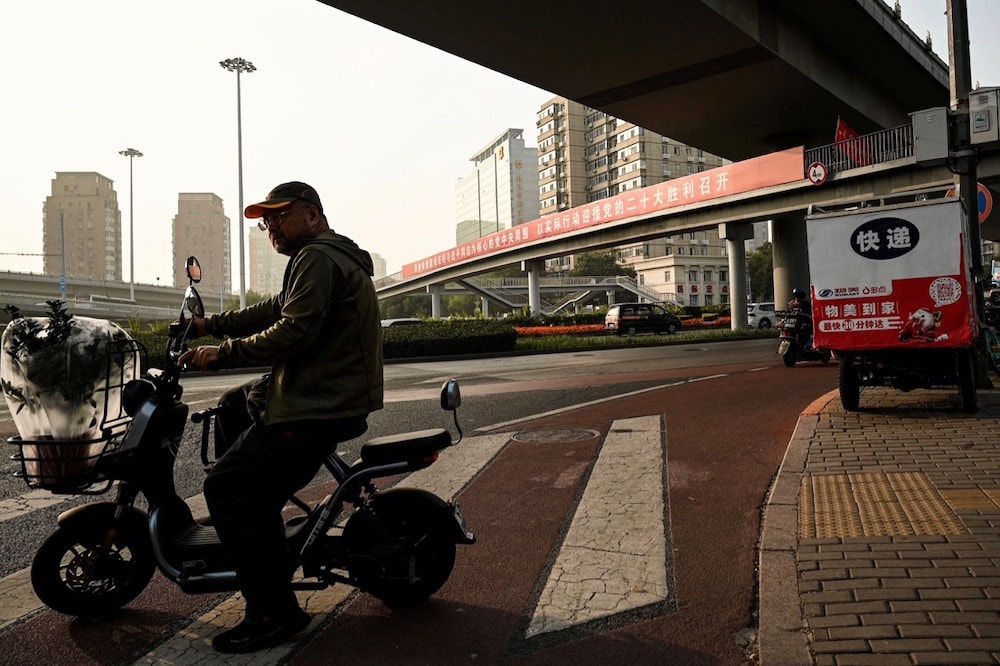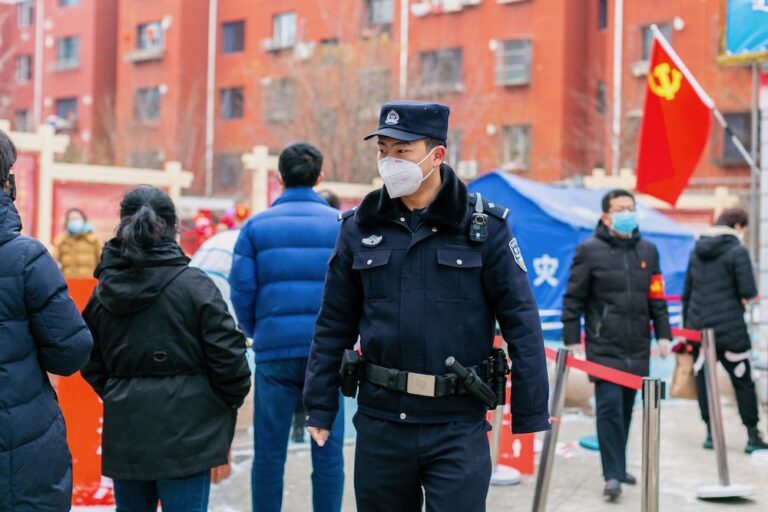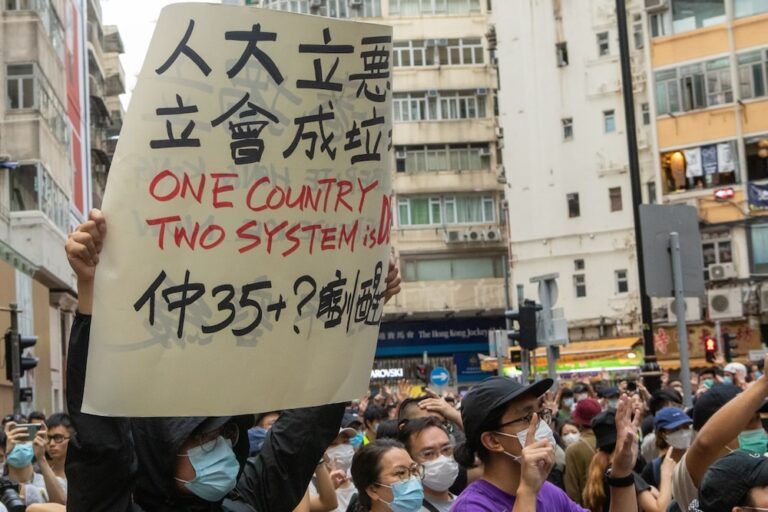The China Dissent Monitor recorded 668 instances of dissent from June to September 2022, as people spoke out against stalled housing projects, labor rights violations, fraud, COVID-19 policies, and state violence, among other grievances.
This statement was originally published on freedomhouse.org on 14 November 2022.
The China Dissent Monitor, Freedom House’s new database and research tool, tracks the frequency and diversity of dissent in China.
Download the first edition of the China Dissent Monitor
Despite increasingly repressive rule under the Chinese Communist Party (CCP), dissent in China occurs regularly and is geographically widespread, according to new analysis released today by Freedom House. The China Dissent Monitor recorded 668 instances of dissent in China from June to September 2022, as people spoke out against stalled housing projects, labor rights violations, fraud, COVID-19 policies, and state violence, among other grievances.
The analysis also found that in one fourth of cases (168 incidents), people who engaged in dissent faced reprisals from the authorities – including violence, intimidation, detention, and censorship – illustrating the CCP’s efforts to systematically restrict organized collective action. The analysis is among the findings in the first edition of the China Dissent Monitor. The project includes a database of specific protest incidents and a quarterly analysis of dissent in China. The database represents a new effort to collect and share information about the frequency and diversity of dissent in China and make that information more accessible.
“Contrary to what the Chinese Communist Party wants the world to believe, individuals throughout China are standing up to Beijing’s machine of censorship and repression to make their voices heard,” said Michael J. Abramowitz, president of Freedom House. “More Chinese people are taking the courageous step of exercising their fundamental rights to free expression and assembly – even achieving some concessions from private companies and local officials – which is rightly troubling to the ever-more oppressive Party.”
China Dissent Monitor researchers found that dissent is occurring across the country. The greatest number of recorded events, 77, took place in in Hebei Province, north of Beijing; 72 were in Henan, in central China; 49 were in Guangdong, in the south; and 49 were in Shaanxi, a relatively rural province in central China. Incidents were most prevalent around grievances related to stalled housing projects (215), pay and benefits (109), fraud (105), building quality (43), school district disputes (37), COVID-19 polices (37), corruption (21), land rights (21), banking scandals (21), and state violence (15).
Examples of incidents documented over the past quarter include:
- Hundreds of residents in Xi’an protested in the street against a new school redistricting policy.
- Hundreds of home buyers in Chongqing occupied the construction site and sales center of a real estate developer to protest its failure to finish a housing project.
- Dozens of residents of a community in Shenyang protested and chanted demands that a COVID-19 lockdown be lifted.
- Villagers of Xiaowang, in Taiyuan, blocked a road multiple times in July to protest forced relocation and alleged embezzlement by local government officials.
- A decentralized “real-name complaints” movement where individuals showed their ID card while stating their grievance involved 61 demonstrations against corruption, abuse of power, or corporate fraud across 17 provinces and 35 cities in June.
- Hundreds of thousands of users on Weibo, China’s most popular microblogging site, posted a hashtag related to the case of a woman and her father arrested for resisting COVID-19 restrictions to travel to a hospital for treatment.
The analysis also found that dissent was widespread online despite years of concerted efforts by the CCP to prevent or reduce the visibility of dissent on the internet. Eighteen cases of online hashtag movements in which users criticized government or powerful private actors were documented during the study period.
“Dissent in China is vibrant and widespread, both offline and online,” said Kevin Slaten, research lead for the China Dissent Monitor. “We hope that the China Dissent Monitor elevates the voices and stories of people in China so they are heard around the world.”
The China Dissent Monitor was created in response to the information gap resulting from media restrictions in the People’s Republic of China and risks associated with collecting information from within the country about dissent and protest. The project prioritizes capturing offline collective action in public spaces, though cases of less public and online dissent are also included to illustrate diversity among dissent actions. Sources for the China Dissent Monitor include news reports, civil society organizations, and China-based social media platforms.



